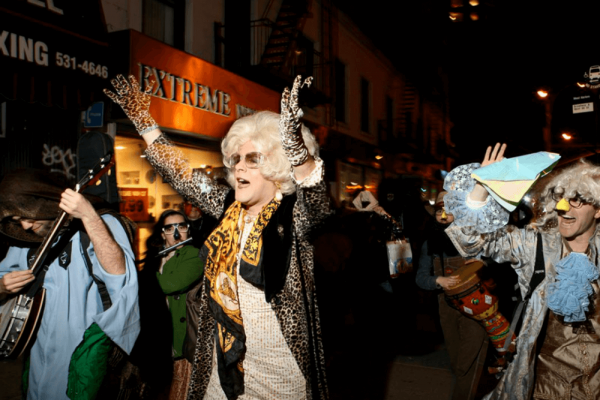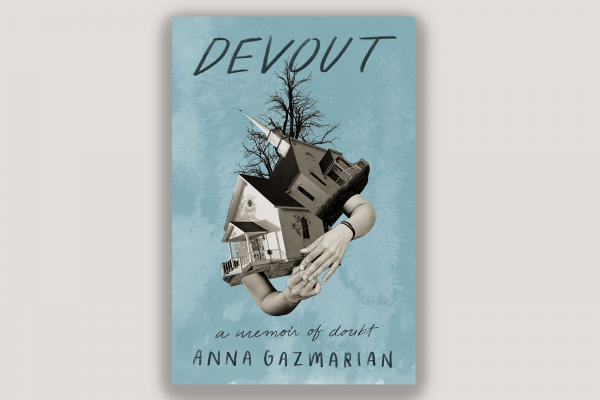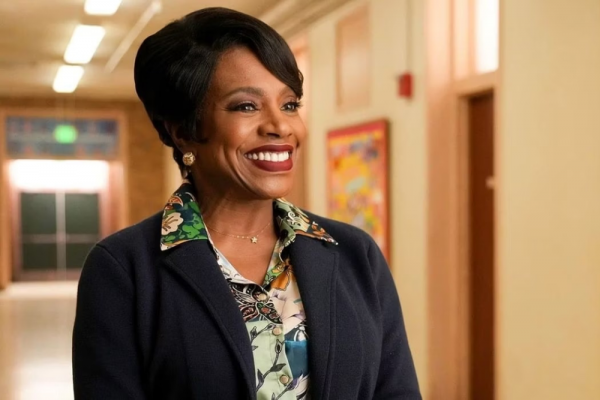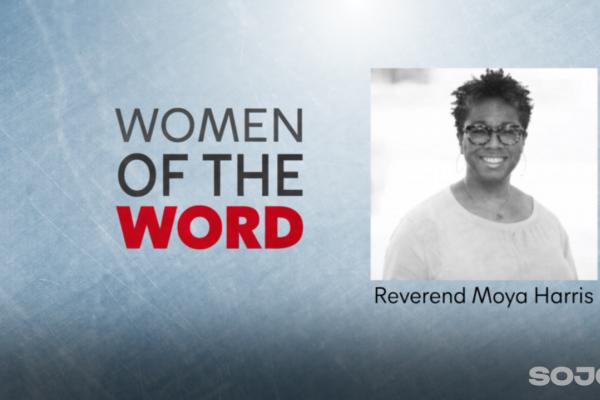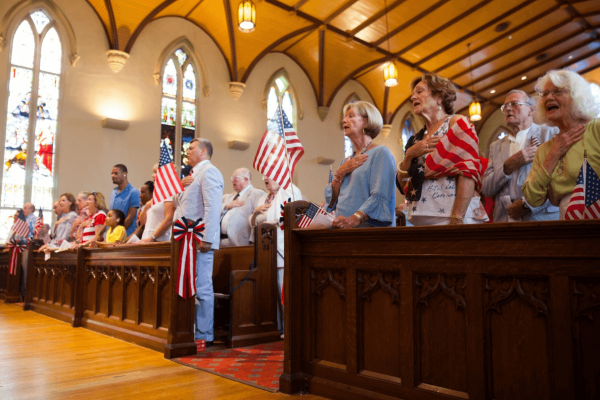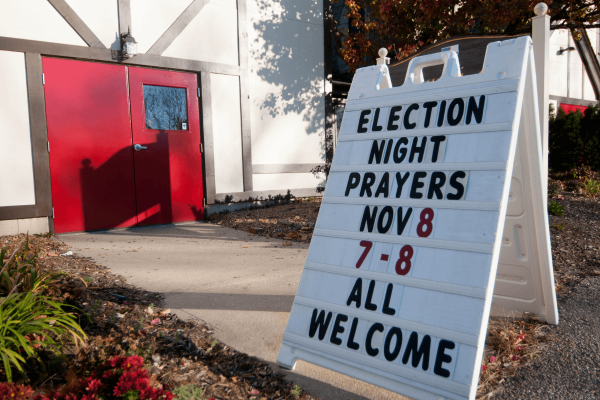There is a belief, perpetuated by a million stories, that a lifetime considered as a whole has a clear narrative structure: The essential dream or quest of a person is established early; they go through a series of complications that challenge, temper, and change their dream. And ultimately there is resolution.
Much of Sabbath Queen — which was shot by director Sandi DuBowski over the extraordinary length of 21 years — seems to mirror that trajectory as it follows the life of Rabbi Amichai Lau-Lavie. The documentary premiered at the Tribeca Film Festival this month. Lau-Lavie comes from a long line of prominent rabbis: His uncle Yisrael was the Ashkenazi Chief Rabbi of Israel, as is his cousin David today. His brother Binyamin is also a prominent rabbi in Israel. Early in his adult life, Lau-Lavie is outed in a news article as gay, prompting him to move from Israel to New York in search of a spiritual life that makes more sense than his Orthodox heritage. There, he encounters the Radical Faeries, a queer spirituality and social justice movement. In that community he unexpectedly finds a voice of his own via a hilarious and irreverent drag persona, the Rebbetzin Hadassah Gross. He begins Storahtelling, a theater/educational experience drawing on the stories of the Torah, and then Lab/Shul, an experimental “everybody-friendly, God-optional” Jewish community whose reach and impact extends far beyond what he could have ever imagined.
That’s the version of the story with the clean arc and an inspiring and hopeful ending. But people’s actual lives rarely fit neatly into the tidy storylines characteristic of hero’s tales and modern-day biopics. Lau-Lavie is no exception. After his father’s death — and many years of his prominent rabbi brother Binyamin and others questioning his Judaism — Lau-Lavie unexpectedly decides that he must become a Conservative rabbi, despite the fact that Conservative Judaism rejects the intermarriage of Jews and Gentiles, an important aspect of the Lab/Shul community. Telling his shocked board that he’ll no longer be able to be involved in that aspect of the community, Lau-Lavie spends five years studying, then gets ordained.
A year later, after extensive thought and research, Lau-Lavie agrees to marry two Buddhist monks, one of whom is Jewish, arguing that intermarriage has theological grounds in the rabbinical thought of the Jewish community during Roman times, which included amongst its number non-Jews who were considered more than visitors. It’s a creative approach, but one that Conservative Judaism predictably rejects. After all that work, Lau-Lavie ends up having to resign from the Conservative movement’s Rabbinical Assembly. The film concludes with him presiding at Lab/Shul, every trace of his prior playfulness now gone in favor of a sad, almost clerical sobriety.
As much as I appreciate DuBowski’s commitment to Lau-Lavie’s complexity and long-term story, at first glance I wonder whether a more abridged focus might have offered more insight. Lau-Lavie’s drag persona seems worthy of a great deal more attention than she receives. Within that character, Lau-Lavie seems to uncover tremendous wisdom. “Redemption will only come through transgression,” she says off the cuff at a Purim ceremony, much to Lau-Lavie’s own surprise. A ritual she does later to release the feminine aspect of the divine seems equally profound.
Lab/Shul, too, gets short shrift, despite clearly being innovative and meaningful. “I think I just prayed for the first time in my life,” one man movingly shares with Lau-Lavie after a ritual. But DuBowski leaves us with only momentary and indecipherable glimpses into that ceremony or others.
Only Lab/Shul’s practice of intermarriage receives sustained attention. DuBowski lays out well the fears within Judaism of the loss of identity and community that intermarriage represents, and Lau-Lavie’s more open point of view.
Late in the film, Lau-Lavie tries to explain to friends why, after years of arguing that performance constituted a new way of being a minister, he now believes that Conservative Judaism, with its emphasis on the law, is the way forward. He compares the necessity of religious law to the essentialness of driving laws in major cities: The shared set of laws, he argues, create the only context within which safe travel is possible. But how that analogy fits with Judaism he does not explain. The same man who, as a drag queen, taught that transgression is the means to redemption is now preaching the rule of law. It’s baffling and a little sad.
Near the end of Sabbath Queen, we watch the Lab/Shul community do an outdoor ritual involving a shared scream. (Once again, a tantalizing glimpse into a community that goes unexplored.) Lau-Lavie isn’t immediately apparent in the group. Then we see him in the background, howling over and over.
But in the end, Sabbath Queen can’t help but feel fragmentary, contradictory, and in some ways frustrating. How could a story that follows its protagonist for more than two decades be otherwise?
And yet the pull of narrative remains hard to overcome. By leaving Lau-Lavie at such an uncertain and painful moment in his life, Sabbath Queen seems a tale of grace rigidified, a uniquely talented spiritual leader worn away by the pressures of family and community. But is that truly the journey of Rabbi Amichai Lau-Lavie? It seems more like his story so far. Rather than staying too long, perhaps DuBowski left the rabbi’s side too soon.
Got something to say about what you're reading? We value your feedback!
